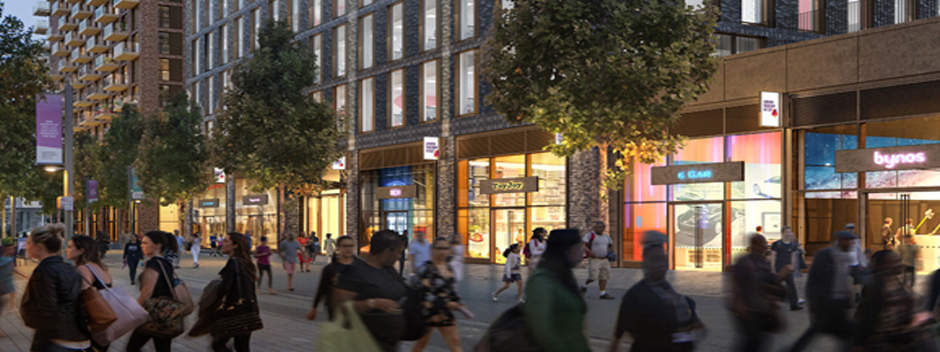Outlets on the up
It’s no secret the retail market is undergoing multiple challenges, with shopping centres struggling to meet results of previous years. However, outlet centres are looking at a different picture. The sector appears to be weathering the storm with new openings, brands and landlords emerging. Here we look at what is driving this trend.
Firstly, it is important to look at customer demographics. By 2020, it is anticipated the over 60s will account for 19 per cent of the population with outlets well placed to cater for this value and quality-seeking group. At the other end of the spectrum, the brand conscious youth are able to access brands that would be otherwise unaffordable. This is especially the case for urban outlets like Princess Quay and the O2 Icon, which are both contrary to traditional out-of-town centres only accessible by car.
Outlets continue to operate in a largely internet proof format. By their very nature, attracting a more opportunistic, aspirational and bargain hungry shopper looking to spend money. All of this provides a safe solution to the challenges of internet retail – stock is generally not online and requires you to visit in person.
The sector is much more about quality and value, as opposed to discount. Gone are the days of piles of discounted clothes and out of date shop fits. Many are now boasting the same, if not better, customer facilities. At Wembley Park, there are a range of ‘guest services’ on offer including free Shop ‘n’ Drop facilities and mobile phone charging, all of which go a long way to encourage dwell time.
At Livingston Designer Outlet, £7million has been invested into improving the customer journey and improve the overall aesthetic. In turn, the landlord’s confidence in the scheme has encouraged retailers to invest in their own fit outs. These brands aren’t treating their outlet portfolio as a chance to get rid of old stock, but as a store presence in their own right. This is attracting more premium brands, who are reaping the rewards through plentiful sales and brand awareness.
We are also seeing an increasing presence of leisure and F&B. Outlets tend to be more geographically spread out meaning people travel and are therefore looking for much more of a day out. Casual dining brands are looking to capitalise on this trend, similarly more and more owners of sports stadiums, concert facilities and exhibition halls are looking to include outlet retail to provide an additional draw for visitors.
Less driven by retailers’ seasonal stock packages, outlet operators are much more attune to the shifting dynamics of their customers. They need to be offering what they want, in order to succeed and much more nimble as a result. A long way from handing out satisfaction surveys, outlet operators are using technology to do this seamlessly and efficiently. Online live chats, social media, in store voting buttons and mobile apps are all used as platforms for feedback, offers and events and for essential information. The sector doesn’t just harness information from shoppers but occupiers themselves, through turnover leases. This regular flow of data provides valuable insights in to where marketing or asset management initiatives need to be implemented.
Of course, it would be naïve to claim that combined these initiatives provide the solution to retail’s wider problems. However if does seem like the perfect time for full price shopping centres to consider new approaches to customer service, and to aligning the objectives of the landlord much more closely to that of the occupier.
Colin Brooks, Managing Director, Realm
